How to Choose the Right Trencher Rental for Your Project Needs
Choosing the right trencher rental for your project needs can be a daunting task, especially when considering the myriad of options available in the equipment rental market. According to a recent report by the American Rental Association, the equipment rental industry is projected to reach a market size of $60 billion by 2025, indicating a growing reliance on rental solutions for construction and landscaping projects.
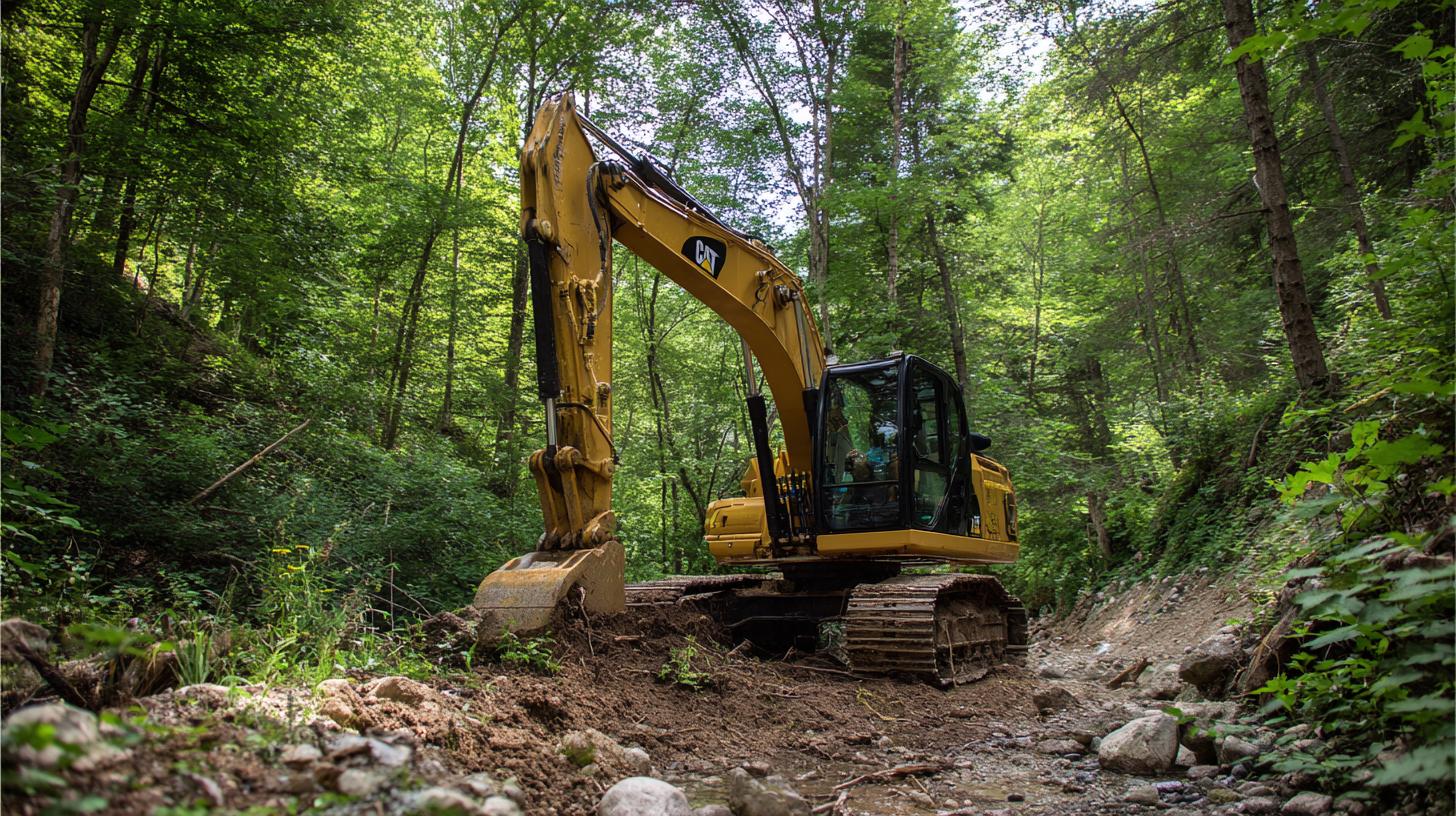 Trenchers, vital for tasks such as digging trenches for utility lines or drainage systems, come in various sizes and types, each suited for specific applications. As highlighted in industry analyses, selecting the appropriate trencher rental not only impacts project efficiency but also plays a crucial role in safety and cost management. Therefore, understanding your specific project requirements and how different trenchers align with those needs is essential for making an informed decision.
Trenchers, vital for tasks such as digging trenches for utility lines or drainage systems, come in various sizes and types, each suited for specific applications. As highlighted in industry analyses, selecting the appropriate trencher rental not only impacts project efficiency but also plays a crucial role in safety and cost management. Therefore, understanding your specific project requirements and how different trenchers align with those needs is essential for making an informed decision.
Factors to Consider When Selecting a Trencher Rental for Your Project
When selecting a trencher rental for your project, it's crucial to consider several factors that can greatly influence the efficiency and effectiveness of your work.
Firstly, assess the specific requirements of your project, including the type and depth of trenching needed, soil conditions, and accessibility of the worksite.
These considerations ensure that you select a trencher with the right specifications to meet your operational needs.
Additionally, evaluate the rental market's trends, as the construction equipment rental industry is expected to grow significantly in the coming years due to increased demand for cost-effective and flexible solutions.
This growth stems from the need for quick access to advanced equipment without the burden of ownership costs.
It's advisable to compare rental options, pricing, and terms from different suppliers to secure the most beneficial arrangement for your project.
By carefully analyzing these factors, you can choose a trencher rental that enhances productivity while fitting your project's budget and timeline constraints.
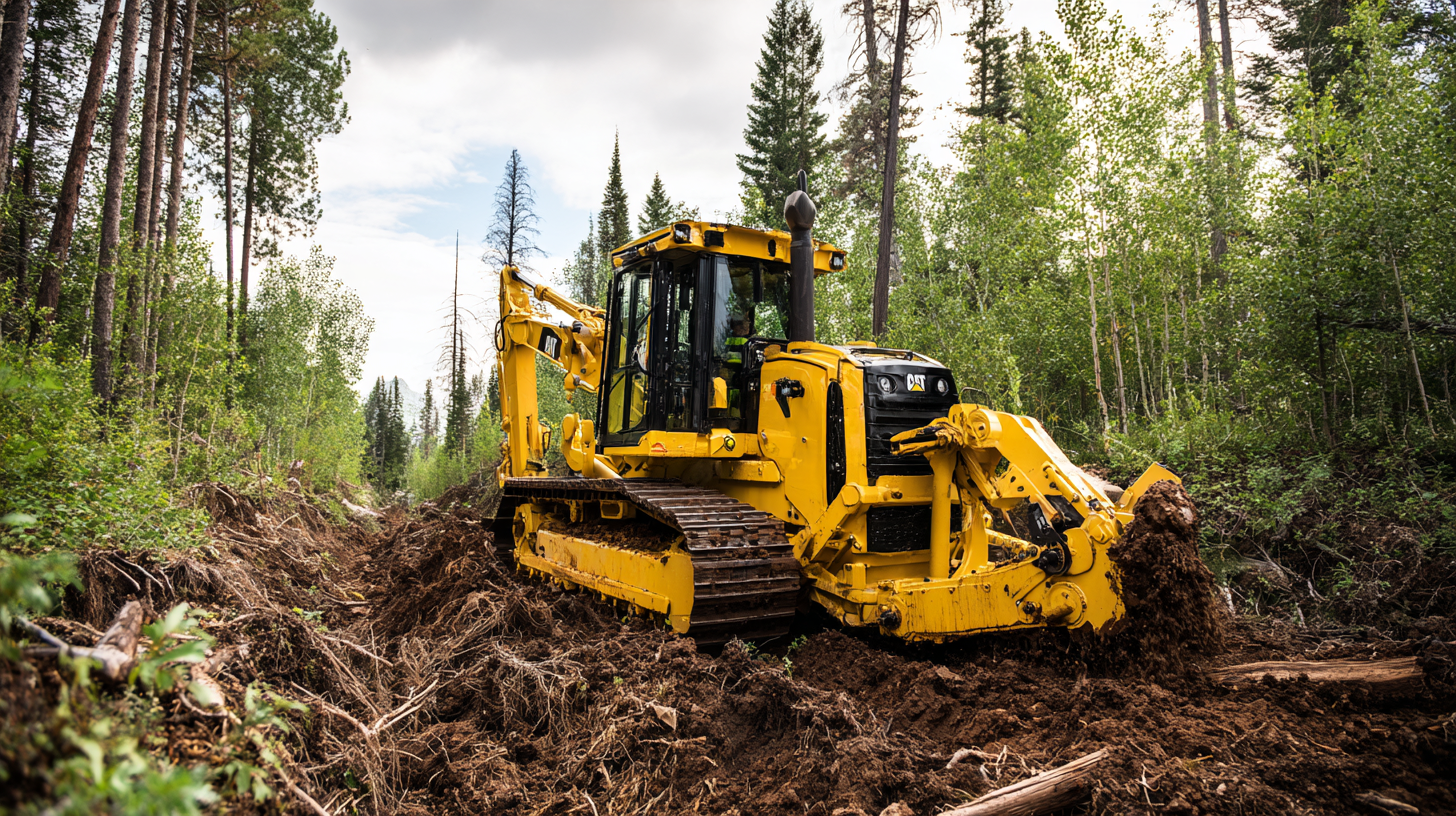
Types of Trenchers: Choosing the Right Model for Your Terrain
Selecting the right trencher for your project requires a comprehensive understanding of the different types available and their suitability for various terrains. Trenchers are broadly categorized into three types: walk-behind trenchers, stand-on trenchers, and ride-on trenchers. According to a report by the Equipment Rental Industry (2022), walk-behind models are ideal for smaller jobs and tighter spaces, often used in residential landscaping or utility installation. They typically have a digging depth of up to 36 inches, making them effective for shallow trenches in compact areas.
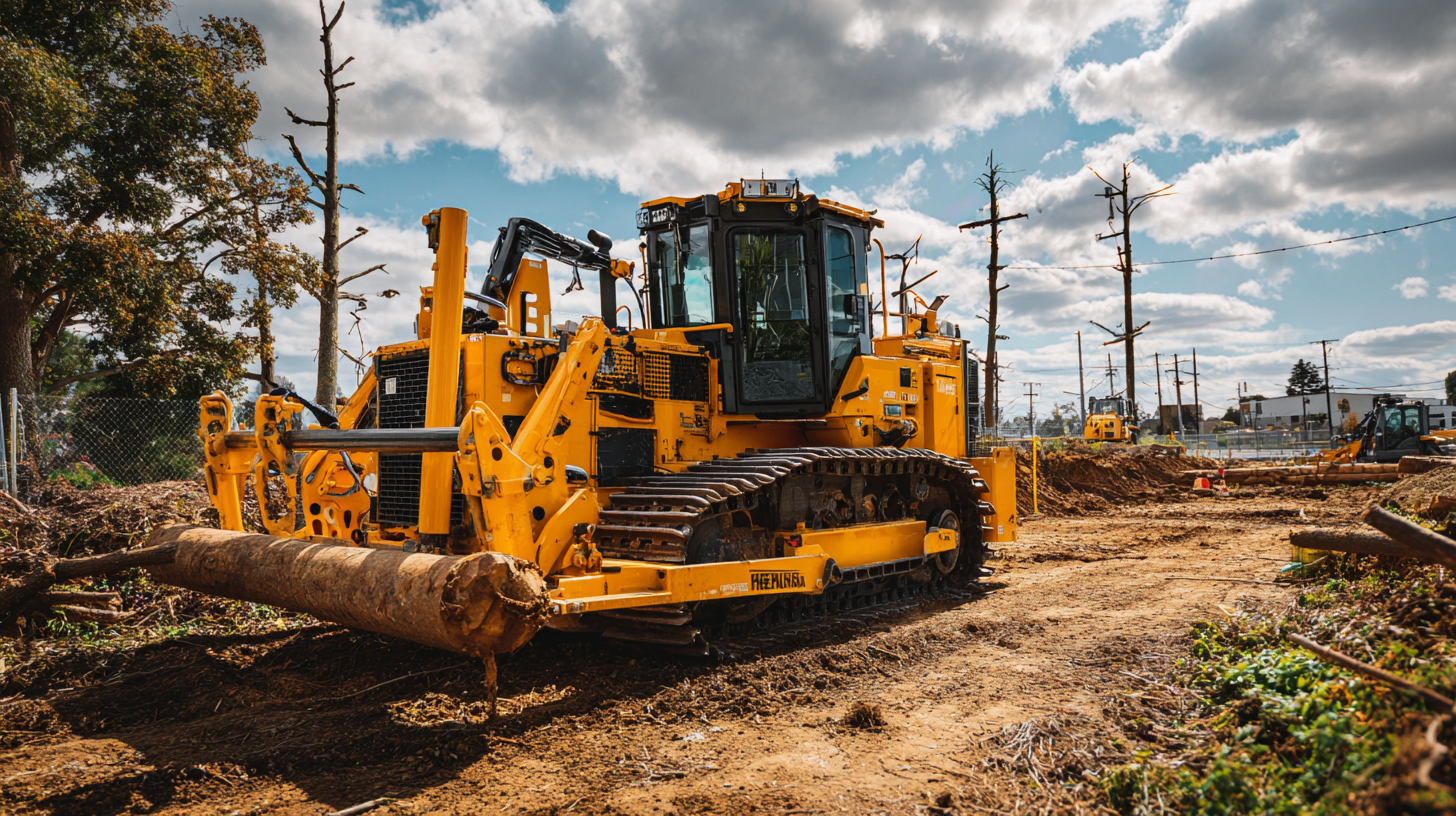
For larger projects or more rugged terrain, stand-on and ride-on trenchers come into play. Stand-on trenchers, suitable for medium-sized jobs, allow greater maneuverability and control while navigating uneven surfaces. A report from the American Rental Association (2023) highlights that these models can dig trenches up to 48 inches deep, providing a perfect balance between compactness and capacity. Conversely, ride-on trenchers are essential for extensive, heavy-duty applications, capable of tackling tougher soil conditions and digging depths exceeding 60 inches. As the construction industry evolves, understanding these distinctions and choosing the right trencher type can significantly impact project efficiency and effectiveness.
Assessing the Depth and Width Requirements for Your Trencher Rental
When selecting a trencher rental, understanding the depth and width requirements is crucial for the success of your project. According to a report by the American Rental Association, the average trench width needed for utility installations ranges from 6 to 12 inches, while trench depth can vary from 18 inches to 6 feet based on the application. For instance, irrigation and drainage trenches typically require shallower digs, whereas installations for electrical or plumbing lines may demand deeper excavations.
Assessing the specific needs of your project involves considering the type of utility lines being installed and any local code regulations. The Occupational Safety and Health Administration (OSHA) recommends evaluating soil stability and potential hazards to ensure trench depths exceeding 5 feet require protective systems to prevent cave-ins. This means that contractors should not only rent a trencher that meets the project's depth and width needs but also factor in the safety requirements associated with deeper trenches. Choosing the right equipment according to these parameters will not only enhance efficiency but also mitigate risks associated with trenching work.
Budgeting for Trencher Rentals: Hidden Costs and Fees to Watch Out For
When budgeting for trencher rentals, it’s essential to consider not only the rental rate but also hidden costs that can quickly add up. One common hidden fee is the delivery and pickup charge, which can vary significantly depending on the distance of the rental location from the rental company. It’s advisable to clarify these costs upfront to avoid any unexpected expenses that could derail your project budget.
Another factor to keep in mind is the additional costs associated with operating the trencher. This can include the price of fuel, maintenance, and potential damages incurred while using the equipment. Many rental companies offer insurance or damage waiver options, which can provide peace of mind but also add to the overall cost. Make sure to scrutinize the terms of these agreements and factor in the potential for extra charges that could arise if the machinery is returned late or not in the same condition as it was rented. By understanding these hidden costs, you can create a more accurate budget for your trencher rental and ensure your project stays on track financially.
Trencher Rental Costs Breakdown
Tips for Ensuring Proper Maintenance and Operation of Your Rented Trencher
When renting a trencher, ensuring proper maintenance and operation can significantly impact the efficiency and safety of your project. Before operating the trencher, familiarize yourself with the machine’s manual to understand its features, limitations, and recommended maintenance practices. Regularly check fluid levels, inspect cutting edges, and ensure all safety guards and emergency features are functional. Keeping the trencher clean and free of debris will not only extend its life but will also enhance its performance in the field.
Additionally, consider participating in training sessions focused on trenching hazards and safe work practices. This knowledge is crucial for minimizing risks associated with operating heavy machinery and can help workers develop a deeper understanding of the potential dangers they may encounter. Utilizing feedback and tips from experienced operators can also improve novice users' operation efficiency. By investing time in both maintenance and training, you can ensure a safer and more productive rental experience.
How to Choose the Right Trencher Rental for Your Project Needs - Tips for Ensuring Proper Maintenance and Operation of Your Rented Trencher
| Feature | Description | Importance |
|---|---|---|
| Type of Trencher | Choose between chain trenchers, wheel trenchers, or micro trenchers based on project requirements. | Understanding your project's depth and width needs is crucial for effective trenching. |
| Depth Capacity | Check the maximum depth the trencher can achieve. | Essential for projects requiring specific excavation depths. |
| Cutting Width | Determine the cutting width to ensure it matches the pipes or cables being installed. | Vital for ensuring that the trench fits the required installations. |
| Power Source | Options include diesel or electric trenchers; choose based on your job site requirements. | Power source affects efficiency and mobility on site. |
| Maintenance Checks | Ensure the trencher is well-maintained, with checks on the chain, belts, and fluid levels. | Regular maintenance prevents breakdowns and ensures optimal performance. |
| Safety Features | Look for safety features like emergency shut-off and protective guards. | Safety features are critical in preventing accidents on the job site. |
Related Posts
-
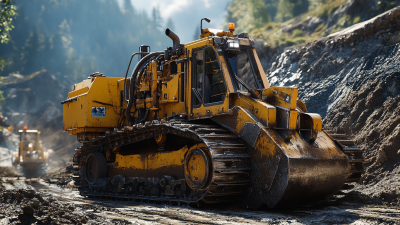
How to Choose the Right Trencher Rental for Your Construction Project Needs
-
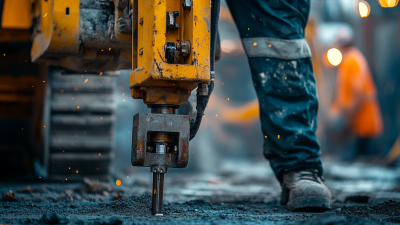
Unlocking Efficiency with 2023 Jackhammer Rental Essential Specs and Proven Performance Metrics
-
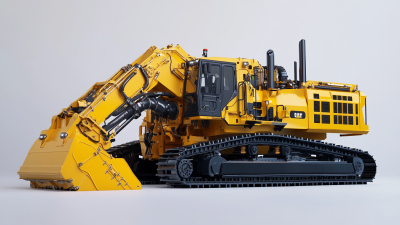
Unlocking Global Opportunities: 5 Key Certifications for Successful Trencher Rental Exports
-
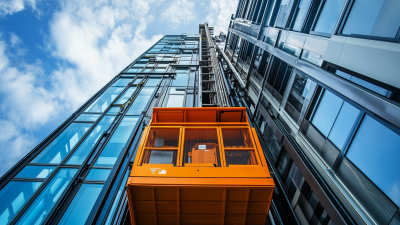
The Ultimate Guide to Choosing the Right Lift Rental for Your Project Needs
-
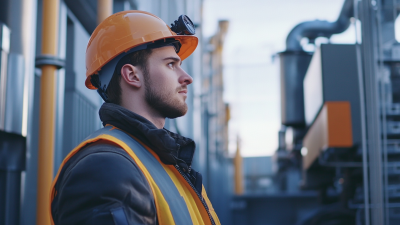
Maximize Your Project Efficiency with Reliable Industrial Equipment Rental Solutions
-

Essential Guide: How to Choose the Best Lift Rental for Your Next Project